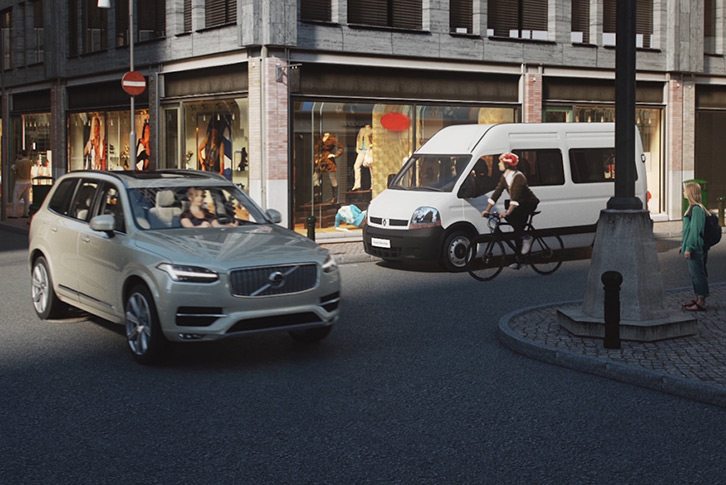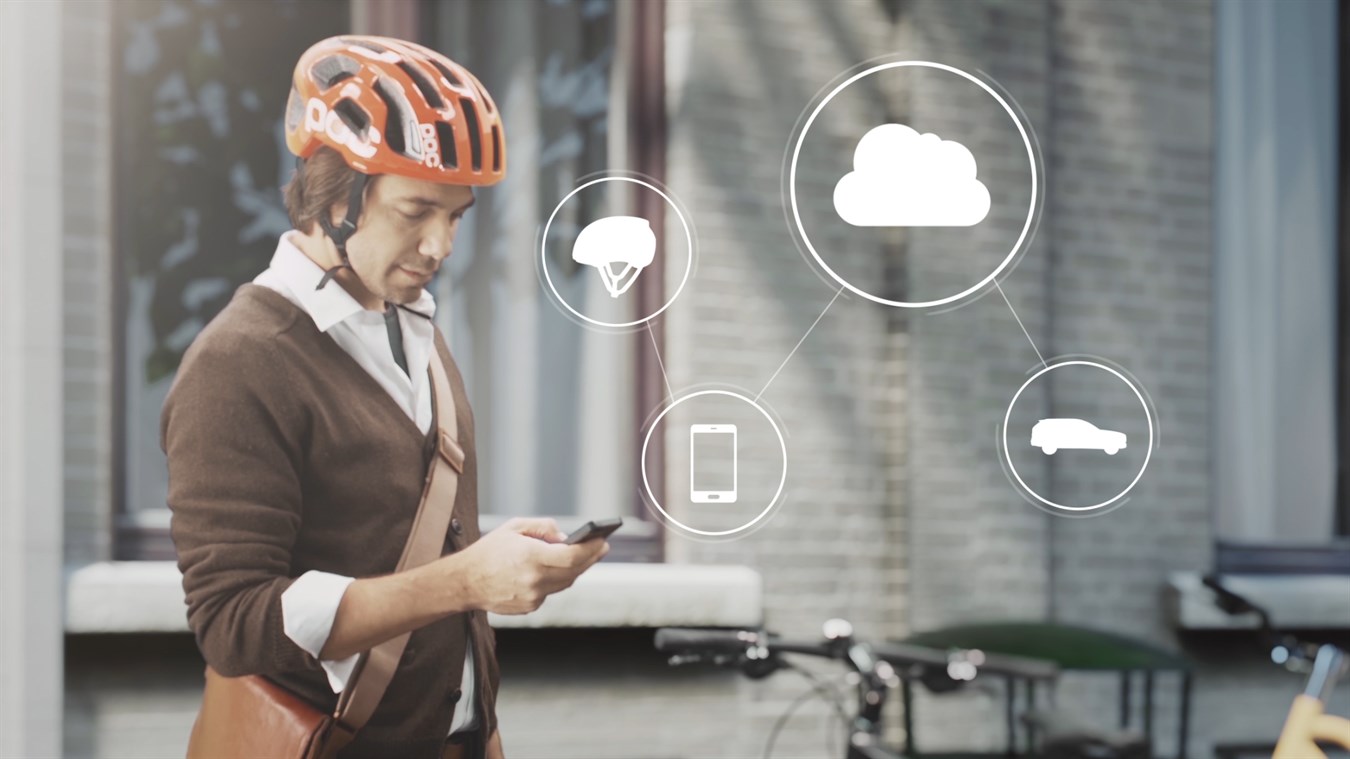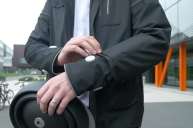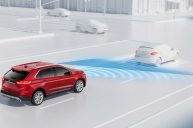We all know how advanced self-driving vehicles have become in recent years—but are they smart enough to handle one of the most common things on the road?
Drivers come into contact with a number of challenges while at the wheel. Inclement weather. Darting animals. Traffic. Pedestrians. Cyclists.
While these are seemingly easy situations to handle for everyday drivers, autonomous cars are having particular trouble with one of them: cyclists.
According to IEEE Spectrum, people on bikes are rendered "the most difficult detection problem" to autonomous vehicles.
If you think about it, that's not hard to believe.

Wikimedia Commons
Cyclists are incredibly unpredictable. They weave in and out of traffic at a moment's notice, and they hardly ever stop at intersections. Oftentimes, considering those who don't follow perfect biking rules, it can seem like they're in a world of their own.
Waymo, however, has been working on this issue for years now, and they've come up successful—for the most part. In a number of situations, the cars are able to steer clear of oncoming cyclists.
But not every time.
Apparently, autonomous vehicles have trouble determining the speed of cyclists, size, and even the direction they're pointing/heading.
Deep3DBox, which is a program designed to detect 3D objects from 2D images, only identified cyclists 74 percent of the time. Results were even lower in bad weather.
In an effort to resolve this problem, a concept idea was presented at CES last month by Ford, Tome Software, and Trek Bicycle: bicycle-to-vehicle communication, or B2V.
This proposed solution requires cyclists to wear a technology piece that alerts nearby drivers—or, driverless cars—of their presence. It could also be attached to the bike itself.
However, the software will only alert drivers of bike riders that are in "potentially dangerous situations." What constitutes a dangerous situation isn't clear just yet.
Many argue that this technology—while innovative—is the easy way out. Autonomous vehicles are seen as some of the smartest engineering marvels, but they can't be tinkered to detect cyclists?
It also brings up the inconvenience for cyclists. Not only would they need to purchase said equipment, but their safety may also be compromised if the vehicles don't pick up their "tracker," or if it stops working for some reason.
Other brands have dabbled in this issue as well. In 2014, Volvo presented a specialized helmet with integrated tech that allows cyclists and drivers to communicate with one another through a cloud-based software.
Not only that, but many believe the only way for autonomous cars to truly "work" in the world is if everyone is connected—vehicles, cyclists, pedestrians, and even pets—to the same system. This is known as vehicle-to-everything, or V2X, which is an entirely separate concept.
According to Eric Bjorling, Trek's brand manager, the first generation of the B2V technology is slated to be released in just two years. But will it prove successful? We'll have to wait and see.
NEXT: 10 PHOTOS THAT PROVE RED IS THE GREATEST CAR COLOR THERE IS
WATCH





